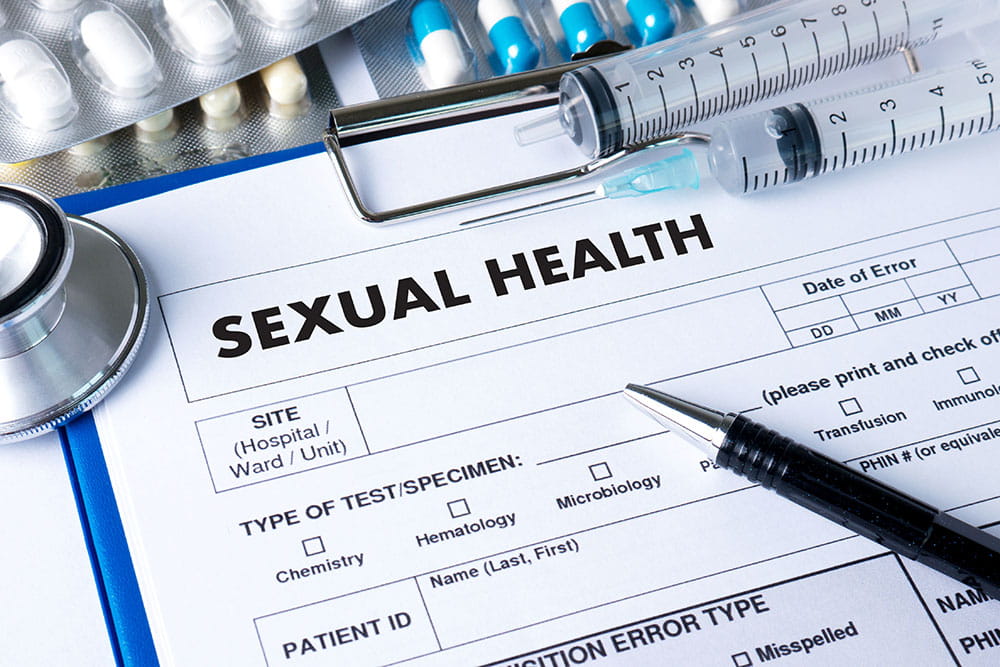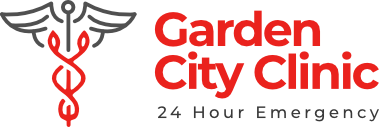Sexually transmitted infections (STIs) and sexually transmitted diseases (STDs) are a serious concern affecting individuals worldwide. These conditions can have detrimental effects on physical and mental health if left untreated. Recognizing the symptoms of STIs and STDs is crucial for early detection and timely intervention. In this article, we will explore the common signs and symptoms associated with STIs and STDs, empowering you with the knowledge to take control of your sexual health.
Introduction
Sexually transmitted infections (STIs) and sexually transmitted diseases (STDs) are infections that are primarily transmitted through sexual contact. These infections can be caused by bacteria, viruses, or parasites. It is crucial to understand the symptoms associated with STIs and STDs as early detection and treatment are key to preventing complications and further transmission.

Understanding STIs and STDs
STIs and STDs are terms often used interchangeably. An STI refers to an infection that is present without any noticeable symptoms, while an STD refers to an infection that has developed into a disease and causes visible symptoms. It is important to note that not all STIs progress to become STDs. However, both STIs and STDs can have significant health implications if left untreated.
General Symptoms
Many STIs and STDs share common symptoms, although the specific signs may vary depending on the type of infection. Some general symptoms include:
- Unusual discharge from the genitals
- Pain or discomfort during urination
- Itching, redness, or swelling in the genital area
- Sores, blisters, or ulcers on or around the genitals
- Pain or discomfort during sexual intercourse
- Lower abdominal pain
- Flu-like symptoms (fever, fatigue, body aches)
Specific STI and STD Symptoms
Chlamydia
- Abnormal vaginal discharge or discharge from the penis
- Painful urination
- Pain during sexual intercourse
- Lower abdominal pain
- Swollen or tender testicles in males
Gonorrhea
- Unusual discharge from the vagina or penis
- Painful urination
- Increased frequency of urination
- Sore throat (due to oral sex)
- Painful or swollen testicles in males
Syphilis
- Sores or ulcers (chancre) at the site of infection
- Rash (often appearing as rough, reddish-brown spots)
- Fever and fatigue
- Swollen lymph nodes
- Hair loss (in later stages if left untreated)
Genital Herpes
- Painful blisters or sores on or around the genitals
- Itching or tingling before the appearance of blisters
- Flu-like symptoms during initial outbreak
- Recurrent outbreaks with milder symptoms
Human Papillomavirus (HPV)
- Genital warts (flesh-colored, raised bumps)
- Itching or discomfort in the genital area
- Abnormal Pap smear results in females
- High-risk strains can cause cervical, anal, or throat cancer
Human Immunodeficiency Virus (HIV)
- Flu-like symptoms during acute infection (fever, fatigue, sore throat)
- Swollen lymph nodes
- Rapid weight loss
- Night sweats
- Persistent diarrhea
Hepatitis B
- Fatigue and weakness
- Abdominal pain and tenderness
- Loss of appetite
- Yellowing of the skin and eyes (jaundice)
- Dark urine and pale stools
Pubic Lice (Crabs)
- Intense itching in the pubic area
- Visible lice or eggs (nits) in pubic hair
- Blue spots or small blood spots on the skin
Yeast Infections (Candidiasis)
- Thick, white, cottage cheese-like vaginal discharge
- Itching and burning in the vaginal area
- Redness and swelling of the vulva
- Pain or discomfort during sexual intercourse
Prevention and Safe Practices
- Prevention is key when it comes to STIs and STDs. Here are some preventive measures and safe practices to follow:
- Practice safe sex by using condoms consistently and correctly.
- Limit the number of sexual partners and choose partners who have been tested for STIs.
- Get vaccinated against certain STIs, such as HPV and hepatitis B.
- Undergo regular screenings and tests for STIs, especially if you are sexually active or have multiple partners.
- Communicate openly with your partner about sexual health and STI status.
- Avoid sharing needles or other drug paraphernalia.
- Educate yourself about STIs and engage in comprehensive sexual health education.
Conclusion
Understanding the symptoms associated with STIs and STDs is crucial for early detection, prompt treatment, and preventing further transmission. If you experience any unusual symptoms or suspect you may have been exposed to an STI or STD, it is essential to consult a healthcare professional. Remember, prevention through safe practices and regular screenings plays a vital role in maintaining sexual health.
FAQs
Q1: Can I have an STI without experiencing any symptoms?
A1: Yes, many STIs can be asymptomatic, which means you may have an infection without noticeable signs. Regular screenings are important for early detection.
Q2: Can I get an STI from oral sex?
A2: Yes, STIs can be transmitted through oral sex. It is important to use barriers such as dental dams or condoms to reduce the risk.
Q3: How long does it take for symptoms to appear after contracting an STI?
A3: The incubation period for different STIs varies. Some infections may show symptoms within days, while others can take weeks or months to manifest.
Q4: Can I get reinfected with an STI I’ve previously had?
A4: Yes, in some cases, you can be reinfected with the same STI. Safe practices, regular screenings, and open communication with partners are important to prevent reinfection.
Q5: Can I cure STIs with home remedies or over-the-counter medications?
A5: It is not recommended to rely on home remedies or over-the-counter medications for treating STIs. Consult a healthcare professional for proper diagnosis and treatment.

